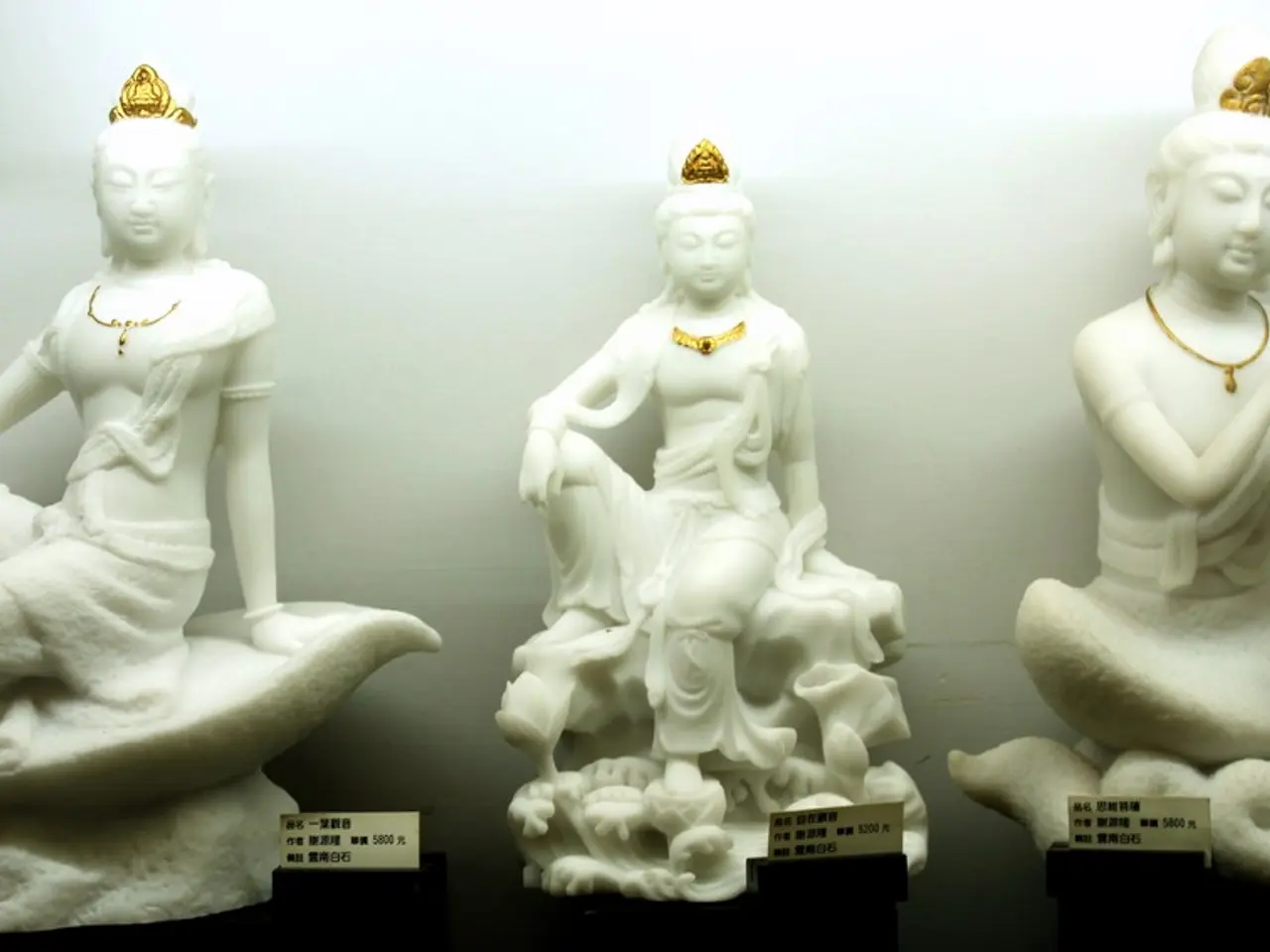Discussion on Nosferatu Costume Design with Linda Muir on The Art of Costume Podcast
In a recent conversation on The Art of Costume Podcast, Linda Muir, the costume designer behind the hauntingly beautiful costumes for the film adaptation of "Nosferatu," shared insights into her creative process.
Muir's work on "Nosferatu" was a labour of love, involving extensive historical research to create costumes that not only visually rooted the film in a period look but also perfectly captured the eerie, supernatural atmosphere of the classic horror story.
For the character of Ellen Hutter, played by Lily-Rose Depp, Muir employed design choices such as detachable sleeves and misaligned stripes on the dress. These decisions not only reflected the fashion trends of the 19th century but also contributed to a sense of impermanence and fragility, perfectly encapsulating the surreal, dreamlike disorientation experienced by the character.
The transformation of Count Orlok was another highlight of Muir's work. She meticulously aged and dyed fabrics to create a decayed, otherworldly appearance that perfectly matched the vampire's ominous presence. These altered fabrics not only enhanced the texture and authenticity needed for horror visuals but also responded well to the film's moody, expressive lighting, maintaining the atmospheric tension critical to "Nosferatu's" tone.
The challenge of addressing the film's lighting conditions was a significant factor in Muir's work. The costumes had to look convincing under the film's dim, candlelit conditions. Muir's dyeing and aging techniques ensured the fabrics responded well visually to shadows and highlights, adding to the overall eerie ambiance of the film.
In summary, Muir's work on "Nosferatu" combined historical accuracy, symbolic design decisions, fabric manipulation, and technical adaptation for cinematic lighting to create costumes that perfectly support the film's horror and supernatural themes. Her discussion on The Art of Costume Podcast offers a fascinating insight into the intricate process of costume design for this gothic masterpiece.
In the world of movies-and-tv, costume design plays a pivotal role in setting the tone and atmosphere of a film, as demonstrated by Linda Muir's work on the "Nosferatu" adaptation. Her creative process involved combining historical accuracy, symbolic design decisions, fabric manipulation, and technical adaptation for cinematic lighting to create costumes that interacted effectively with the movie's lighting conditions, contributing to the entertainment value of the film.







